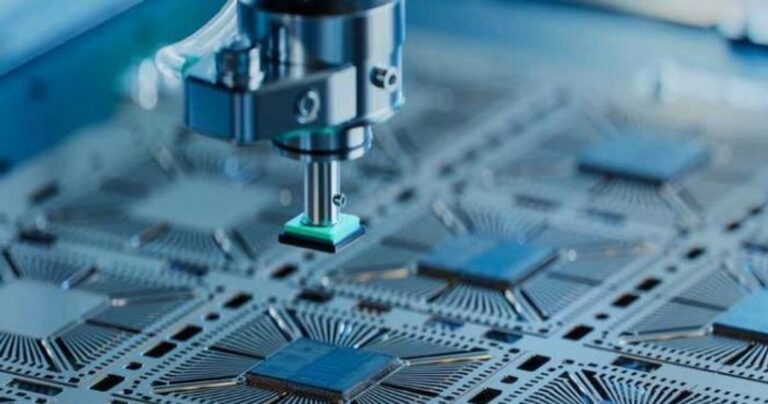Installed wafer fab capacity is also on the rise, reaching 40.5 million 300mm equivalent wafers per quarter in 2Q24. This figure is expected to grow 1.6% in 3Q24. Notably, foundry and logic-related capacity showed strong growth of 2.0% in 2Q24 and is forecast to grow 1.9% in 3Q24. This growth is driven by the expansion of capacity for advanced nodes, highlighting the industry’s push for more advanced manufacturing processes.
Memory capacity is expected to show more modest growth of 0.7% in the second quarter of 2024, before growing by 1.1% in the third quarter of 2024. This growth is supported by strong demand for HBM and improving memory pricing conditions, highlighting the important role of memory in the current technology environment.
Interestingly, all regions tracked in the report saw an increase in installed capacity in the second quarter of 2024. China remains the fastest growing region despite mediocre factory utilization rates. This continued expansion in China reflects the country’s strategic focus on strengthening its domestic semiconductor industry even in the face of global challenges and trade tensions.
Improving demand has had a positive impact on inventory levels, with IC inventories declining 2.6% year-over-year in the first half of 2024. This decline in inventory suggests a healthier balance between supply and demand in the semiconductor market.
Semiconductor industry capital expenditures are expected to decline modestly by 9.8% year-over-year in the first half of 2024, before turning positive starting in the third quarter of 2024. This shift is driven by increasing demand for AI chips and the rapid adoption of HBM. Memory capital expenditures are forecast to lead this growth, up 16% quarter-over-quarter, while non-memory capital expenditures are expected to grow 6% quarter-over-quarter.
“The entire semiconductor supply chain is beginning to recover this year as the market prepares for a surge in 2025,” commented Boris Methodiev, director of market analysis at TechInsights, which produced the report in collaboration with SEMI. “AI certainly continues to drive high-value ICs to market, but it is also supporting capital investments to expand production capacity for AI chips, especially HBM. As consumer demand recovers and new technologies such as AI are pushed to the forefront, unit volumes, and especially revenues, will recover, supporting the entire semiconductor manufacturing sector.”

